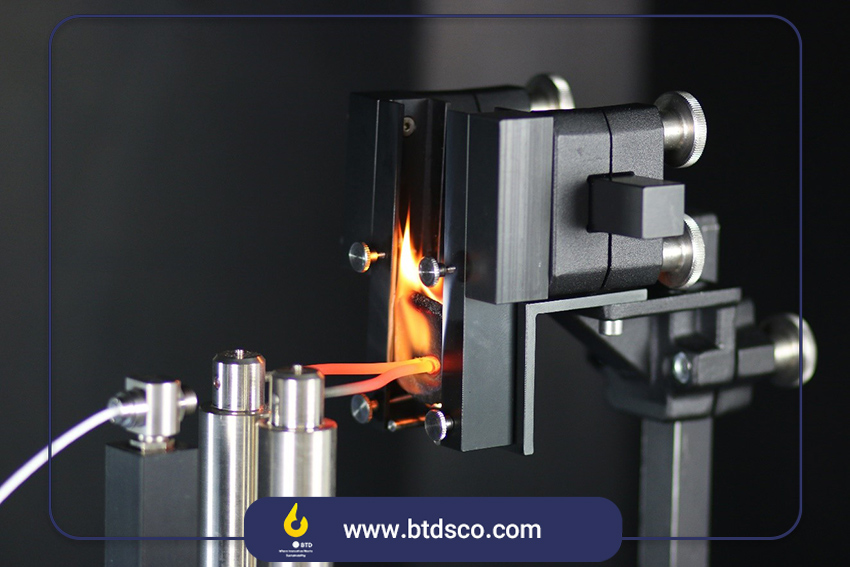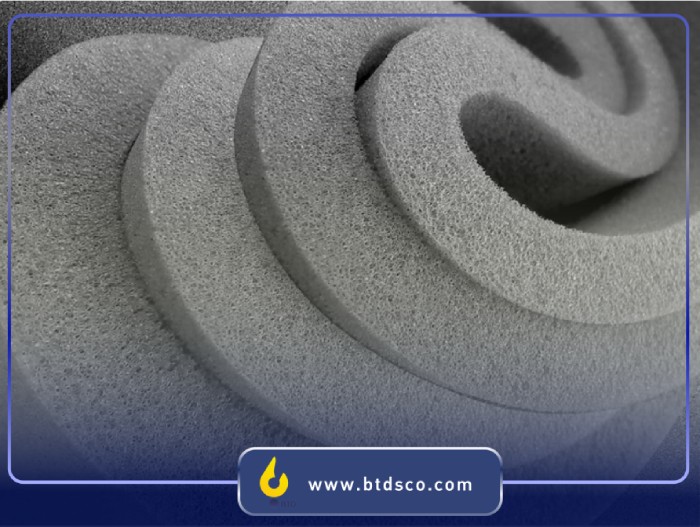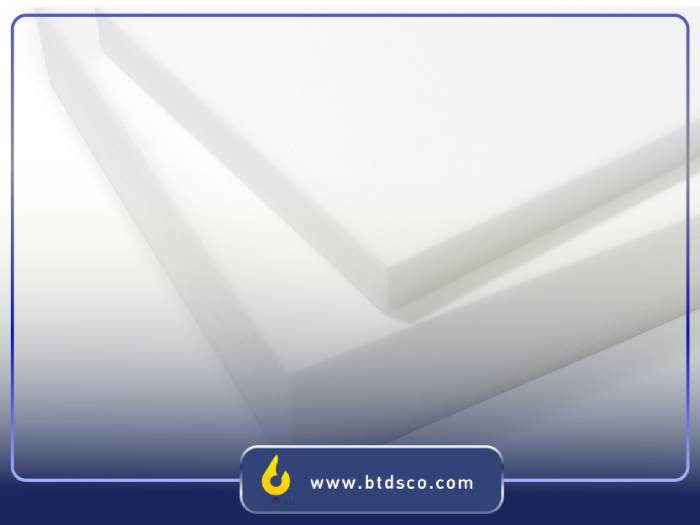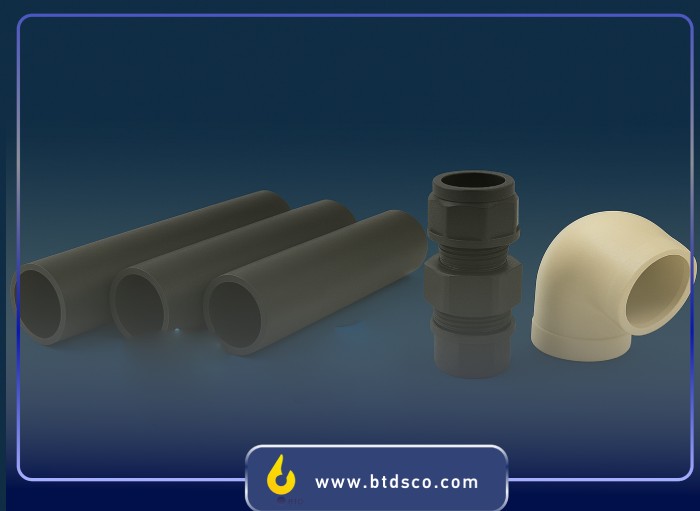Glass Fiber Polyamide vs. Plain Polyamide: Which is the Better Choice?
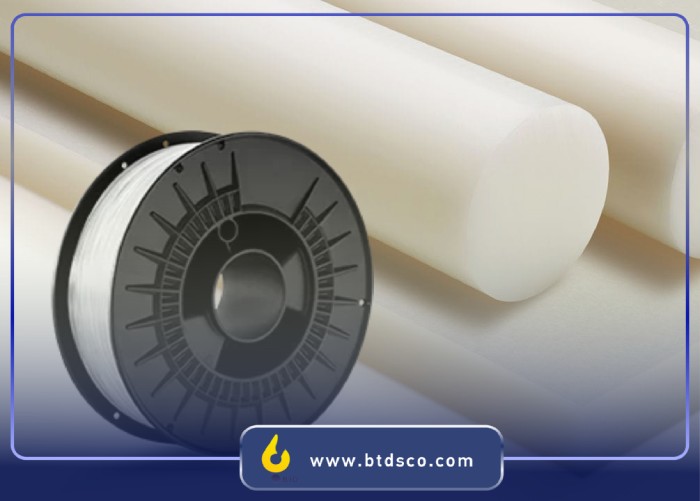
In the realm of engineering materials, flame-retardant polyamide stands out as a critical component in industries requiring heat and fire resistance. Polyamides, commonly known as nylon, are thermoplastic polymers valued for their excellent mechanical, chemical, and thermal properties, making them indispensable in automotive, electronics, and industrial equipment sectors. However, choosing between plain polyamide (e.g., PA6 or PA66 without reinforcement) and glass fiber polyamide (PA GF) depends on specific project requirements. This article, with a focus on flame-retardant polyamide, provides a comprehensive comparison of these materials in terms of properties, applications, and economic considerations to guide you toward an informed decision.
Introduction to Plain Polyamide and Its Key Properties
Plain polyamide, often referred to as nylon, is one of the most widely used engineering polymers. It is produced through the polymerization of amide monomers, such as caprolactam (PA6) or hexamethylene diamine and adipic acid (PA66). Its semi-crystalline structure offers a balance of flexibility and strength.
Key properties of plain polyamide include:
- Mechanical Strength: Tensile strength of 60–80 MPa and elastic modulus of 2–3 GPa, suitable for semi-loaded components.
- Chemical Resistance: Resistant to oils, solvents, and industrial chemicals, though it absorbs 3–4% moisture, which may affect properties.
- Thermal Properties: Melting point of PA6 is around 220°C, and PA66 is about 260°C. In flame-retardant polyamide (e.g., PA66 FR), flame resistance reaches UL V0 (self-extinguishing), ideal for electrical applications.
- Processability: Easily injection-molded or extruded, with a lightweight density of 1.1–1.2 g/cm³.
- Common Applications: Used in fuel lines, packaging films, and simple electrical components.
However, plain polyamide may deform under heavy loads or continuous heat, necessitating reinforcement like glass fiber. Industry reports highlight that flame-retardant polyamide is widely used in electrical insulation for low-stress components.
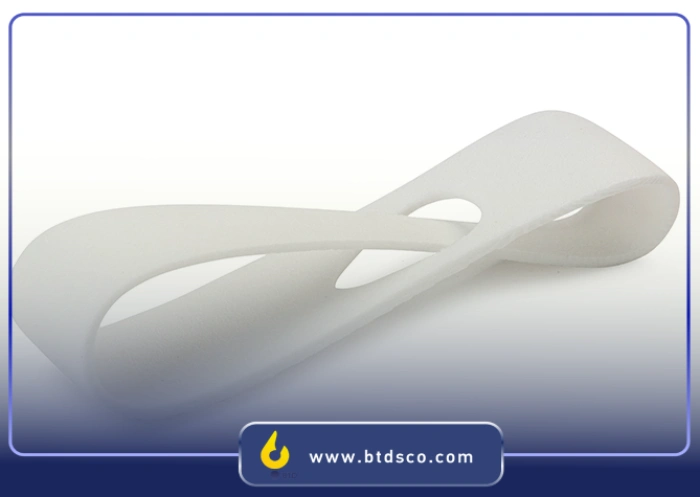
What is Glass Fiber Polyamide, and How Does It Differ?
Glass fiber polyamide (PA GF) is an enhanced version of plain polyamide, reinforced with 10–60% glass fibers (typically E-glass). These fibers, with a diameter of 10–20 micrometers, are distributed randomly or directionally within the polymer matrix, creating composite properties that significantly boost performance.
Key differences:
- Structure: Glass fibers act as a "skeleton," enhancing stress transfer.
- Improved Properties: Elastic modulus up to 10 GPa, reduced moisture absorption to below 1.5%, and continuous operating temperature up to 180°C.
- Flame-Retardant Variants: In flame-retardant polyamide GF, additives like melamine or phosphorus maintain flame resistance without compromising strength.
PA GF is produced by blending polyamide granules with fibers and injection molding. It is ideal for heavy-duty applications like automotive engine components but is slightly more brittle than plain polyamide. Studies indicate PA GF is 50% more resistant to thermal fatigue.
Comparison of Mechanical Properties
Mechanical properties are critical in material selection:
Strength
- Plain Polyamide: Tensile strength of 60–80 MPa, suitable for low-stress parts.
- PA GF (30% Glass): 150–200 MPa, twice as strong due to fiber stress transfer. In flame-retardant polyamide GF, strength is maintained at high temperatures.
Hardness
- Plain Polyamide: Rockwell hardness R80–90, flexible but softer.
- PA GF: R110–120, resistant to wear and scratches, ideal for components with mechanical contact.
Impact Resistance
- Plain Polyamide: Impact energy of 50–100 J/m, flexible and shock-absorbing.
- PA GF: 80–150 J/m, improved but potentially brittle at low temperatures. Elastomer additives in flame-retardant polyamide mitigate this.
Comparison: Plain Polyamide vs PA GF 30%
| Property | Plain Polyamide | PA GF 30% |
|---|---|---|
| Tensile Strength (MPa) | 60–80 | 150–200 |
| Rockwell Hardness | R80–90 | R110–120 |
| Impact Energy (J/m) | 50–100 | 80–150 |
According to PMC data, PA GF offers a 50% longer fatigue life, crucial for dynamic load components like gears.
Comparison of Thermal Properties and Dimensional Stability
Thermal properties are vital for high-temperature applications:
- Glass Transition Temperature (Tg): Plain polyamide 50–60°C, PA GF 60–70°C.
- Melting Point: PA6 plain 220°C, PA66 GF 260°C with better stability.
- Continuous Heat Resistance: PA GF up to 180°C, compared to 80–100°C for plain. In flame-retardant polyamide, the Limiting Oxygen Index (LOI) rises from 21% to 28–32%, ensuring self-extinguishing properties.
- Dimensional Stability: Plain polyamide, with 2–3% moisture absorption, exhibits up to 1% volume change, while PA GF shows less than 0.5%, ideal for precision parts.
ScienceDirect studies show PA GF deforms 30% less in thermal cycles, a significant advantage in aerospace and automotive industries.
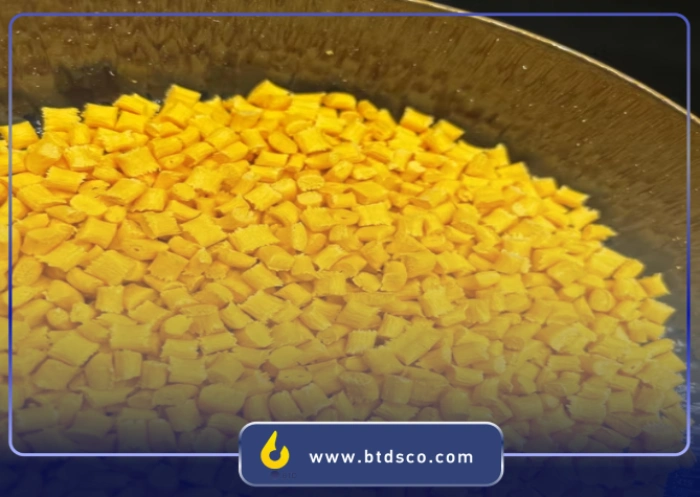
Production Costs and Economic Efficiency
Cost is a key decision factor:
- Plain Polyamide: $2–3 per kg, cost-effective for general applications.
- PA GF: $3.5–5 per kg, 30–50% more expensive due to fibers and complex processing.
Economic considerations
- Lifecycle Cost: PA GF’s higher durability reduces replacement costs, saving 20–30% in automotive applications.
- Processability: Both are easy to process, but PA GF requires wear-resistant molds.
- Flame-Retardant Polyamide: GF versions are ~10% pricier, but enhanced safety lowers insurance costs.
MarketsandMarkets predicts a 5% growth in the PA GF market by 2024, indicating better ROI. For small projects, plain polyamide is more economical, but PA GF is justified for industrial scales.
Common Applications of Plain and Glass Fiber Polyamide
Plain Polyamide: Used in fuel lines, packaging films, low-stress electrical components, and cable insulation (especially in flame-retardant polyamide). Its lightweight and flexibility suit general applications.
PA GF: Found in automotive parts (manifolds, pumps), industrial gears, electrical connectors, and aerospace fire-resistant enclosures. Data shows PA GF reduces vehicle component weight by up to 40% without sacrificing strength.
Flame-retardant polyamide GF meets stringent safety standards (e.g., UL94) for electrical sockets and aircraft panels.
When is Plain Polyamide Sufficient, and When Should You Choose Glass Fiber?
Plain Polyamide is adequate for low-stress applications like decorative parts, simple insulators, or flexible pipes, especially when cost is a priority. PA GF is essential for:
- High mechanical loads (>100 MPa).
- Continuous operating temperatures above 100°C.
- Dimensional stability in humid environments.
- Fire safety standards (e.g., flame-retardant polyamide in electronics).
ASTM tests suggest PA GF for applications prioritizing tensile strength or fatigue resistance. For safety-critical uses, flame-retardant polyamide GF with high LOI is crucial.
Design Considerations and Material Selection
Material selection requires careful analysis. For components under cyclic stress, PA GF’s superior fatigue resistance is ideal. For flexibility or low-cost needs, plain polyamide suffices. In flame-retardant polyamide, safety standards (e.g., UL94 V0) must be verified. PA GF’s thermal expansion coefficient (20–30 µm/m°C) is lower than plain polyamide’s (80–100 µm/m°C), benefiting precision parts.
Recent Advances in Flame-Retardant Polyamide
Recent innovations in flame-retardant polyamide have enhanced performance. Adding nanocomposites, like silica nanoparticles, to PA GF improves thermal and mechanical properties without adding weight. Non-halogenated fire retardants, such as advanced phosphorus compounds, align with REACH regulations and reduce environmental impact. These advancements make PA GF ideal for future-focused applications like electric vehicle (EV) batteries, where flame-retardant polyamide GF replaces heavy metals due to its high thermal and electrical insulation.
Limitations and Challenges
Both materials have limitations. Plain polyamide may deform in humid or high-temperature environments. PA GF, while stronger, can be brittle at very low temperatures, and its higher production cost may not suit small projects. In flame-retardant polyamide, fire-retardant additives must be carefully selected to avoid compromising mechanical properties. ISO 527 tests for tensile strength help identify these limitations.
Emerging Trends in Polyamide Applications
The rise of electric vehicles and renewable energy systems has increased demand for flame-retardant polyamide GF. Its lightweight, high-strength, and fire-resistant properties make it ideal for battery enclosures and wind turbine components. Additionally, 3D printing advancements have enabled the use of PA GF in rapid prototyping, reducing development costs. Industry forecasts predict a 7% annual growth in PA GF applications by 2030, driven by these trends.
Conclusion: Smart Selection Based on Industrial Needs
Choosing between plain polyamide and PA GF depends on project requirements. Flame-retardant polyamide ensures safety in both forms, but PA GF excels in heavy-duty, high-temperature, and safety-critical applications. By evaluating strength, thermal stability, cost, environmental impact, and recent innovations, you can select a material that balances performance and economy. Consult material specialists and conduct standard tests for precise decision-making.
Frequently Asked Questions
What is flame-retardant polyamide, and why is it important?
Is glass fiber polyamide always better than plain polyamide?
No, plain polyamide is sufficient for flexible, low-cost applications. PA GF is better for high strength and thermal resistance
How much more expensive is PA GF than plain polyamide?
About 30–50% more, but its durability reduces long-term costs
What are the main applications of flame-retardant polyamide GF?
Recent Articles
